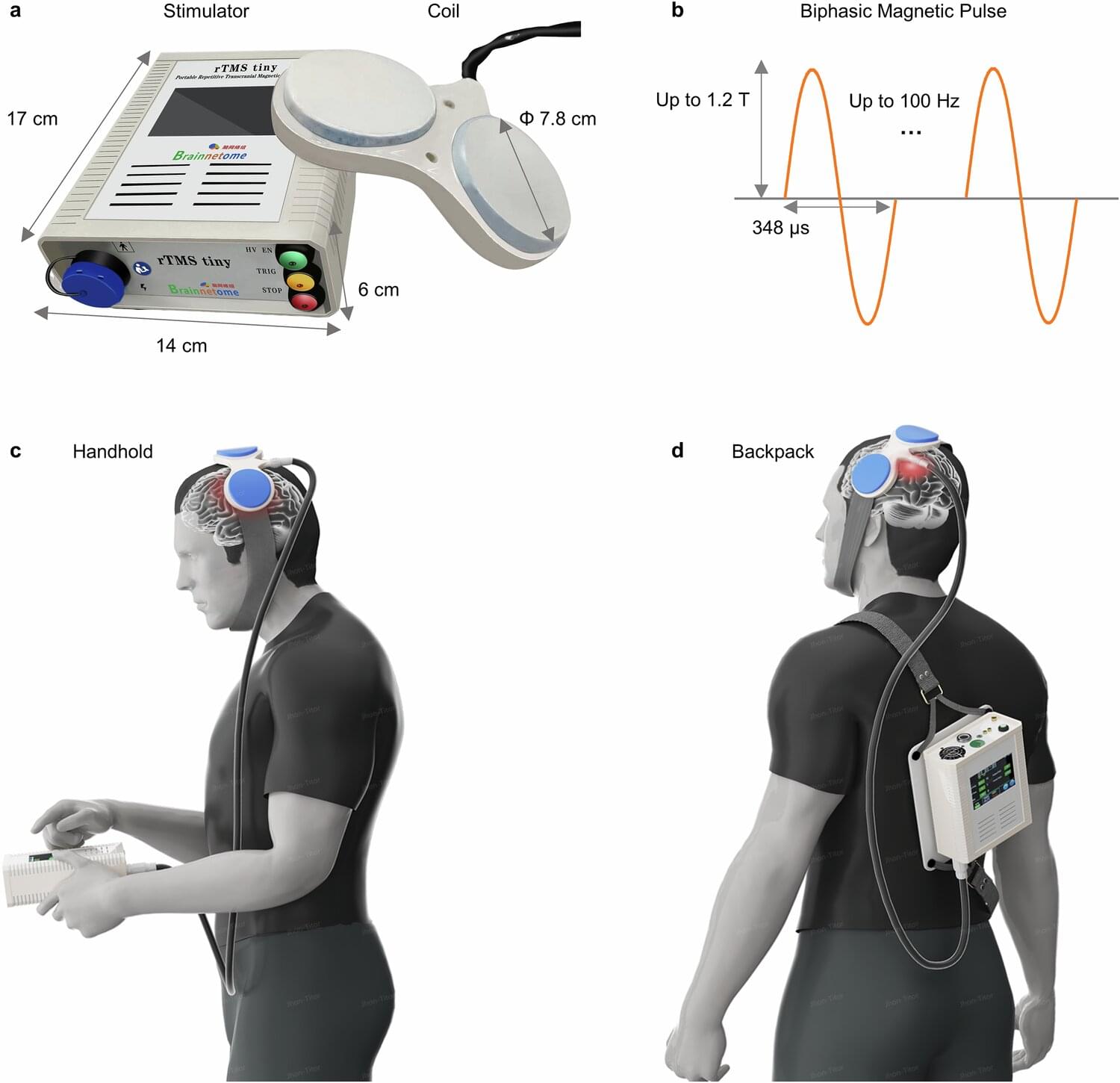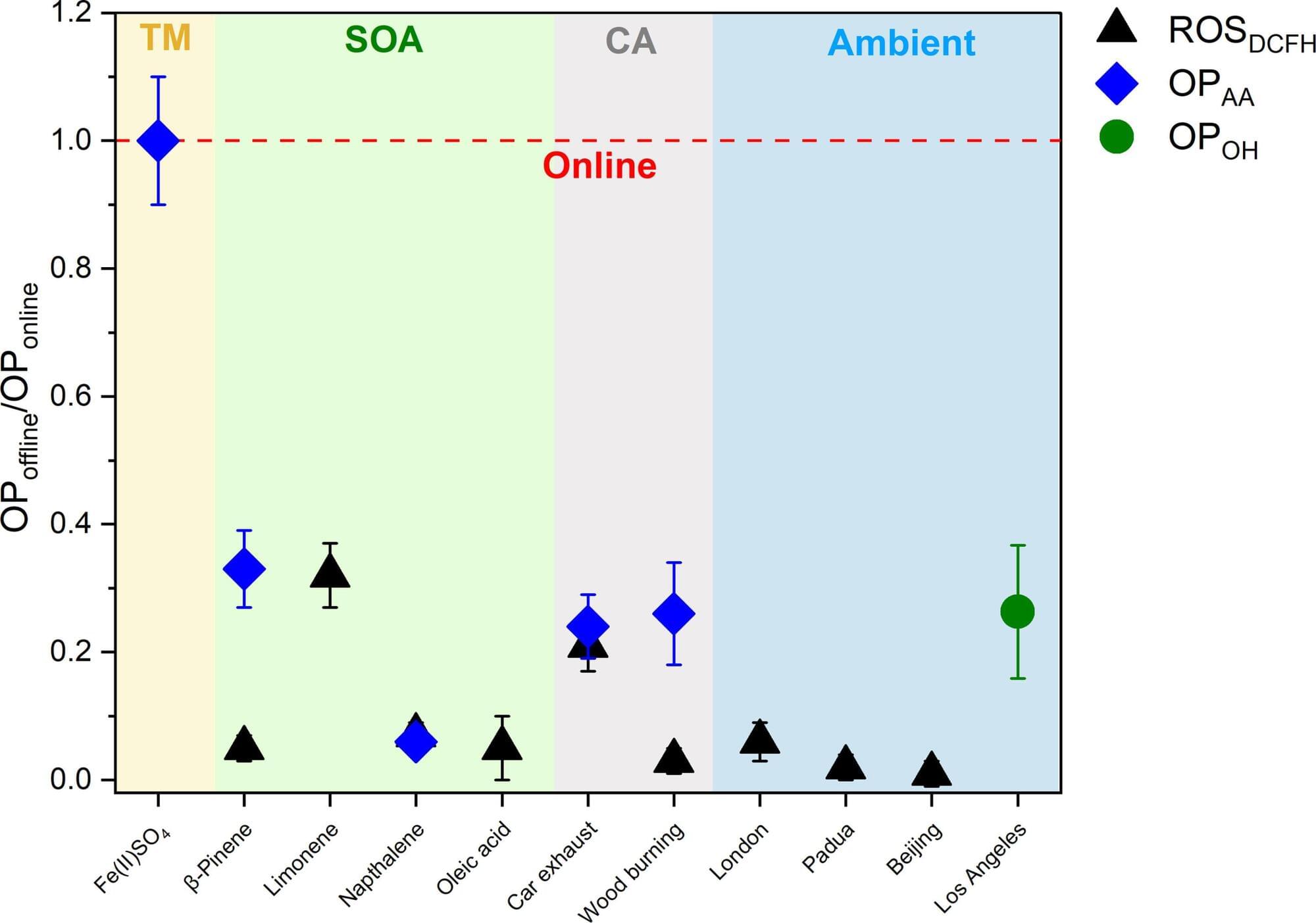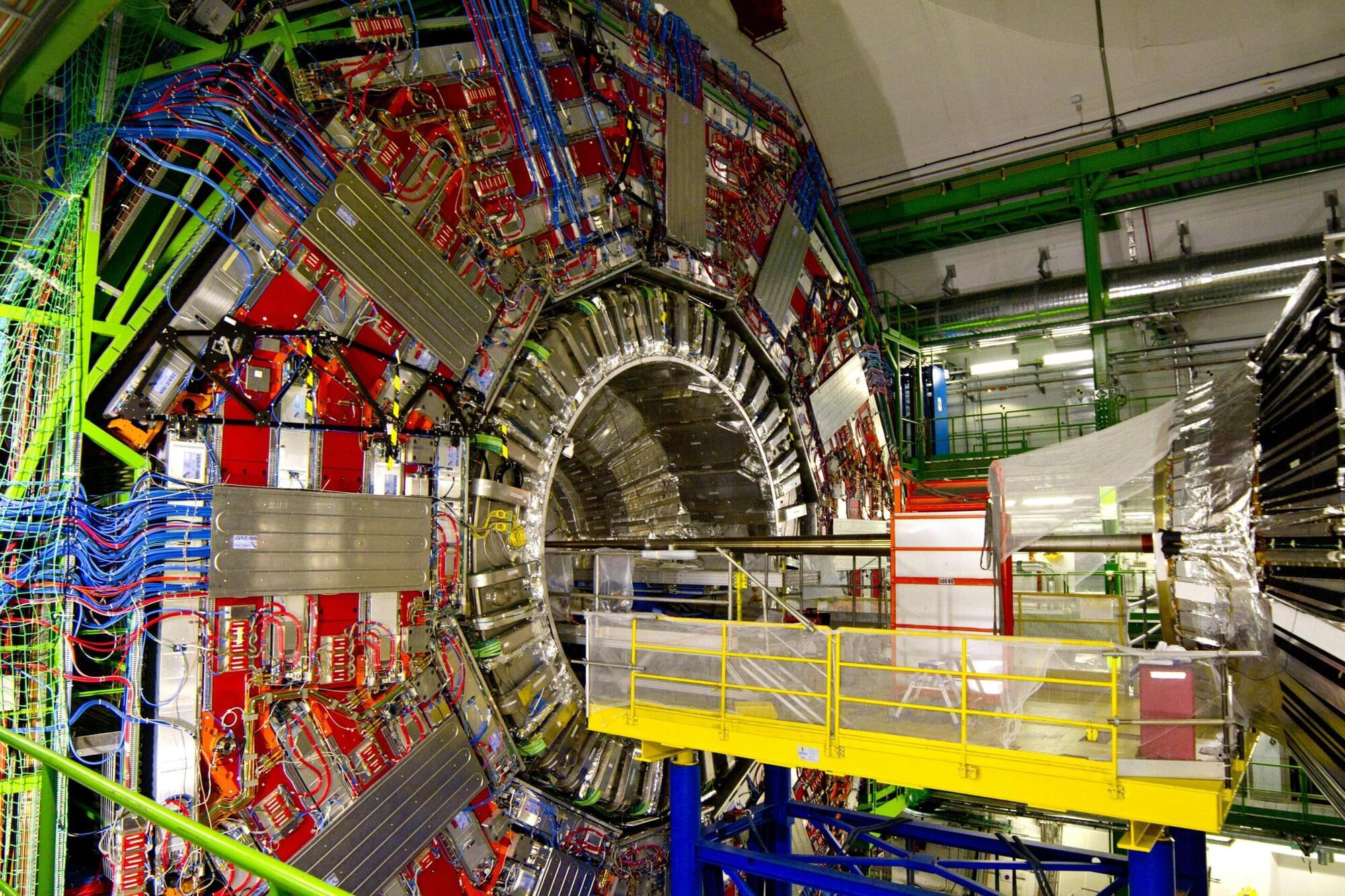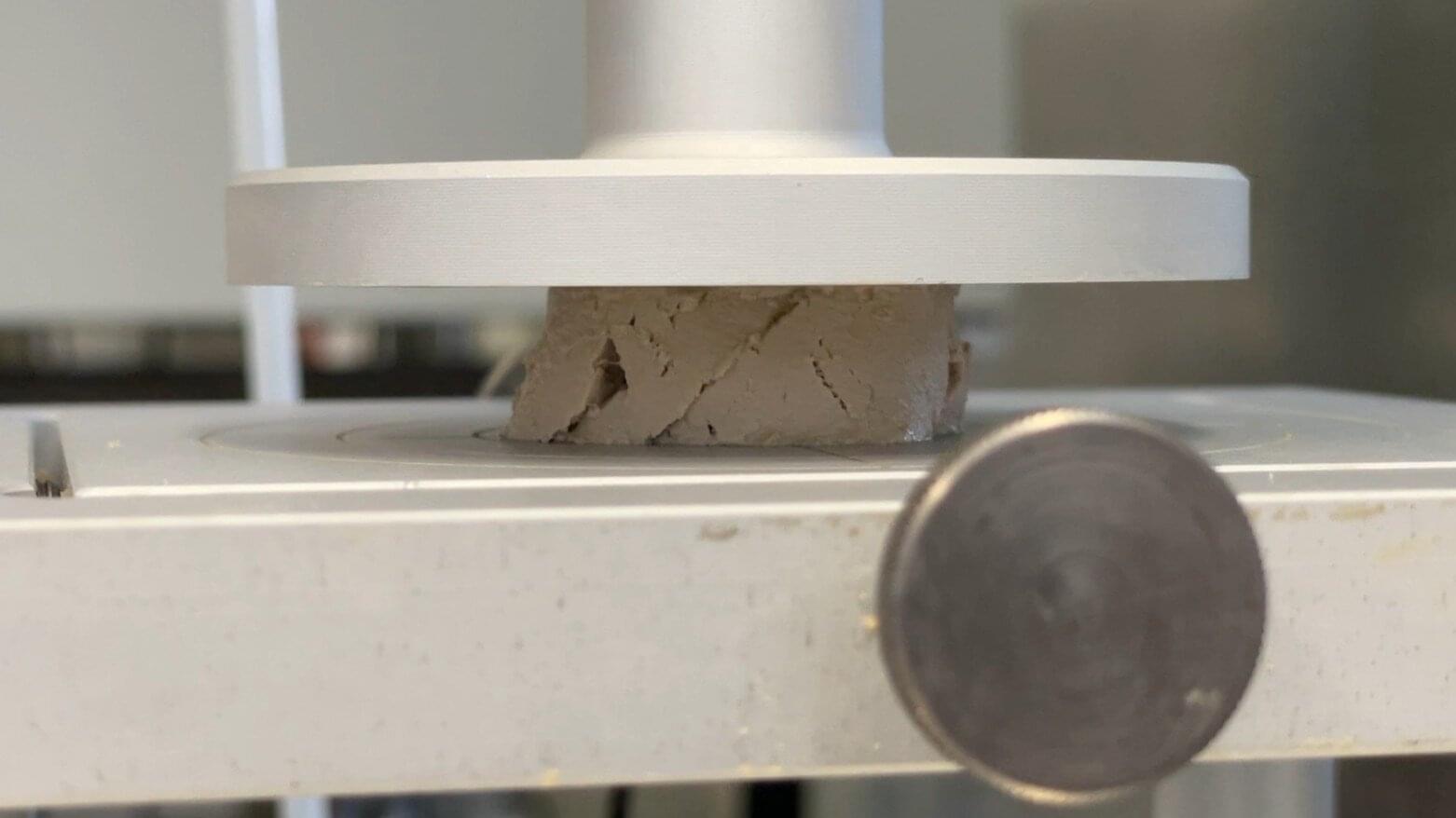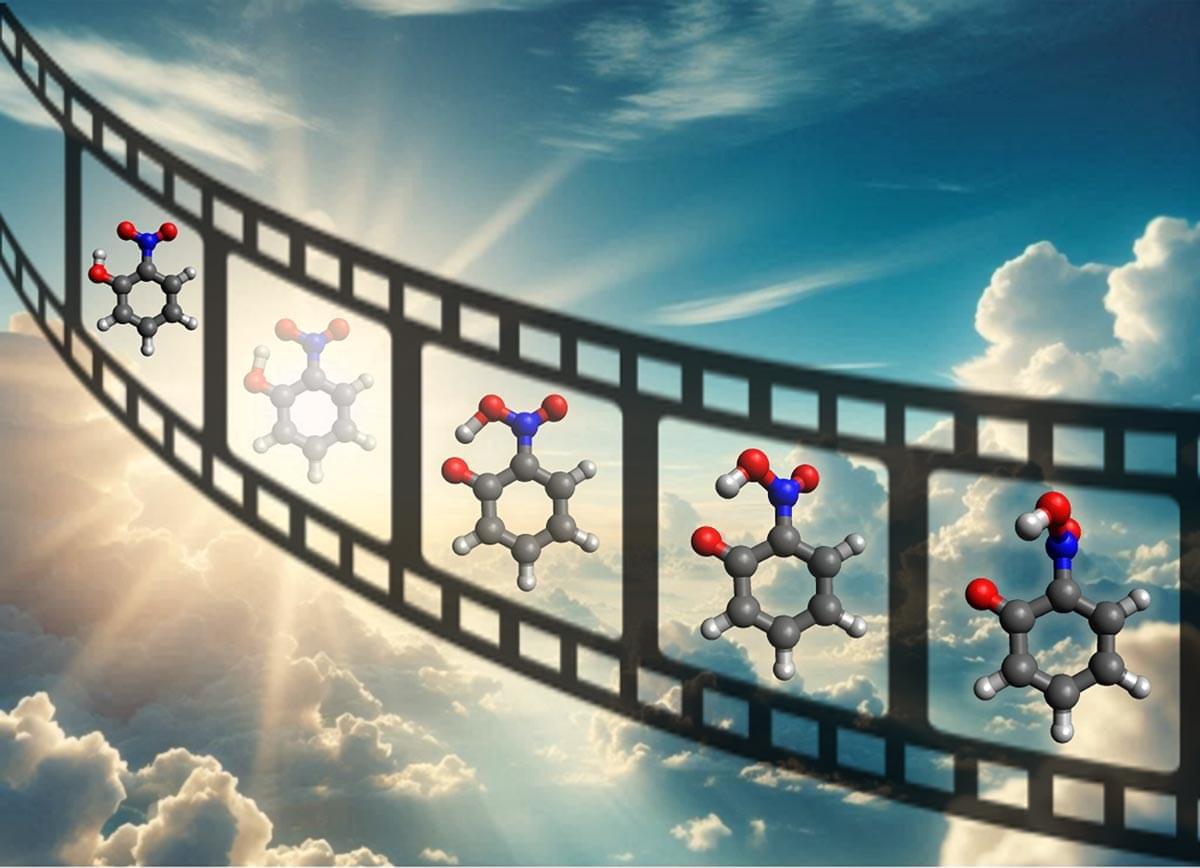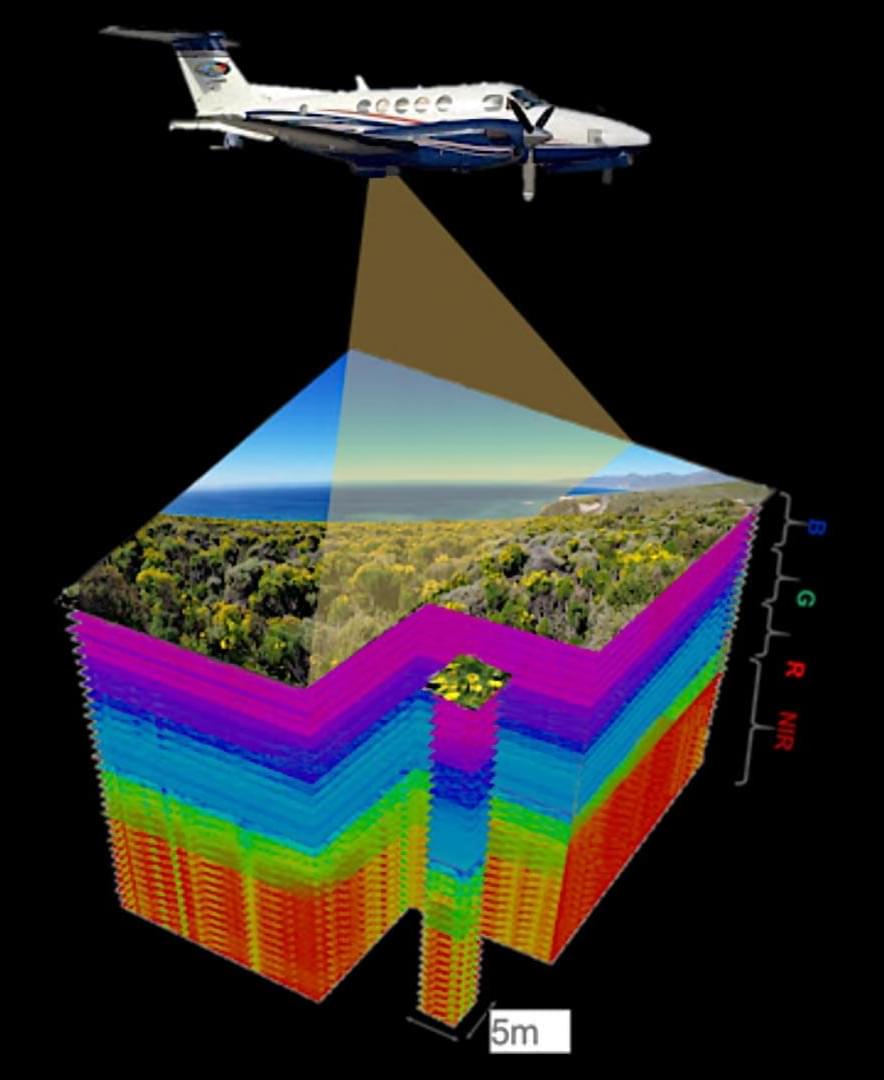A new study published in Proceedings of the National Academy of Sciences has turned traditional thinking on its head by highlighting the role of human interactions during the shift from hunting and gathering to farming—one of the biggest changes in human history—rather than earlier ideas that focused on environmental factors.
The transition from a hunter-gatherer foraging lifestyle, which humanity had followed for hundreds of thousands of years, to a settled farming one about 12,000 years ago has been widely discussed in popular books like “Sapiens: A Brief History of Humankind” by Yuval Noah Harari.
Researchers from the University of Bath, the Max Planck Institute for Evolutionary Anthropology in Germany, the University of Cambridge, UCL, and others have developed a new mathematical model that challenges the traditional view that this major transition was driven by external factors, such as climate warming, increased rainfall, or the development of fertile river valleys.


